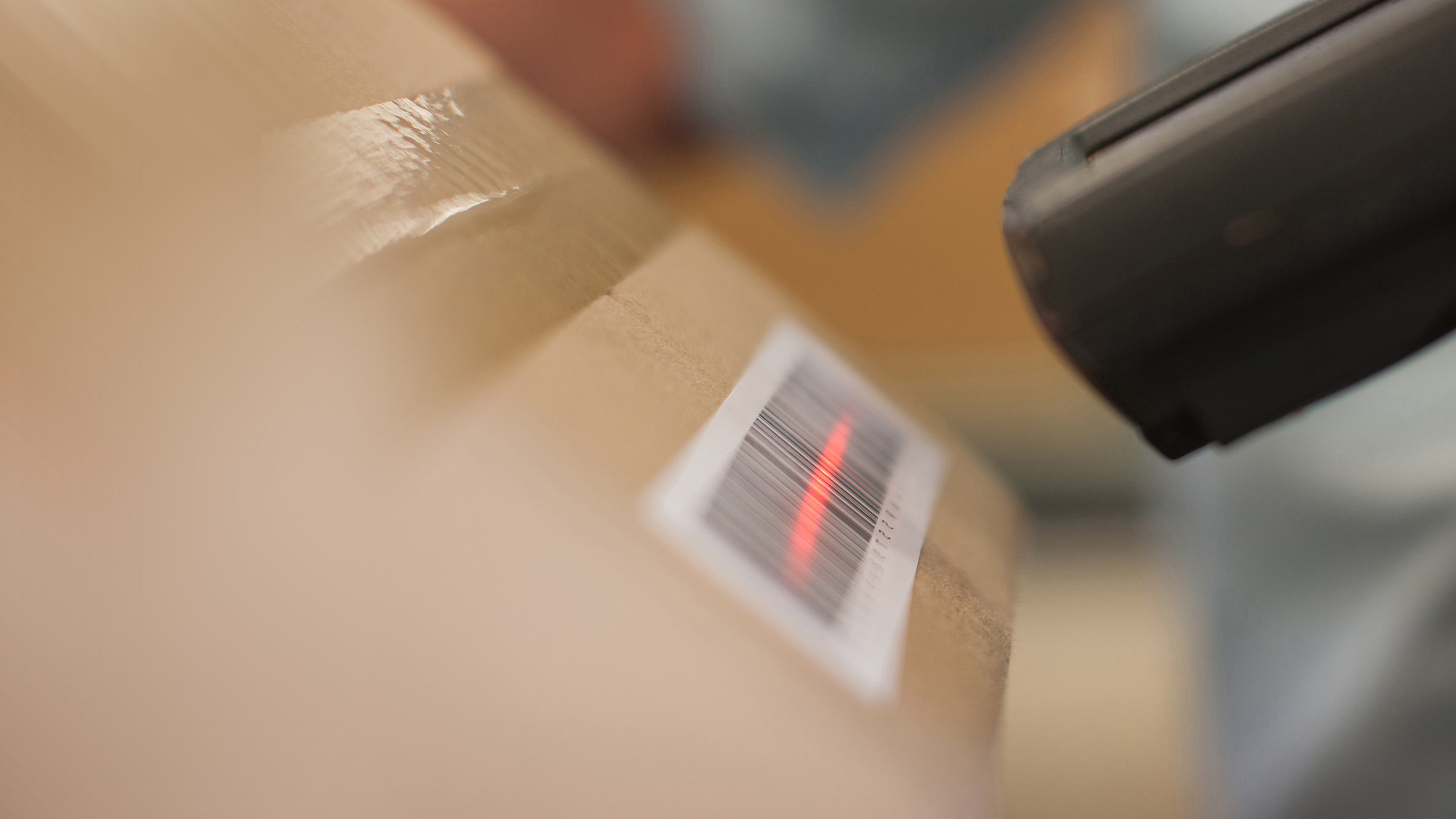Welcome to the age of the smart industrial plant. This is where operations technology (OT) and IT converge; digital technology connects people, processes and things into a single, seamless unified infrastructure; and data helps us identify new, exciting opportunities. While more manufacturing companies are adopting new data-enabling technologies, becoming a true, smart manufacturing operation requires one essential element: end-to-end traceability.
As the requirements for industry regulations and costs of warranty and refund programs continue to evolve, manufacturers can differentiate themselves by taking advantage of direct and indirect benefits provided by a traceability system: improving processes, controlling the supply chain, minimizing defect risk, navigating regulatory challenges and improving customer service levels.
With a traceability infrastructure, you can gather insight-rich data that helps improve manufacturing processes, compliance and supply chain management.
Why do smart plants need track-and-trace capabilities?
Large and middle-sized manufacturers are facing mounting challenges. For example, product recalls are on the rise. The recall process in the food manufacturing industry is a highly expensive one, averaging more than $10 million in costs to cover activities such as communicating the recall across the supply chain, retrieving and handling the recalled product, investigating the event and implementing corrective actions to prevent reoccurrence.
Also, counterfeit and diverted goods costs companies $500 billion in U.S. trade, according to the World Customs Organization. And simultaneously, organizations are struggling to improve continually operational efficiencies to stay profitable and competitive.
Without complete end-to-end traceability, it can be difficult to stay ahead of the competition, meet deadlines, keep customers happy and comply with regulations.
As an essential part of Industry 4.0, complete traceability still ranks among the technologies industry companies are slow to adopt. However, the trend is pushing toward more companies embracing it.
In a study of manufacturing companies, LNS Research found that while only 23 percent had the processes and software in place to enable end-to-end traceability, around 60 percent stated they plan to have these processes and software in the next year. This suggests manufacturers recognize the importance of product traceability.
Discrete part traceability
There are different ways to approach traceability. Discrete part traceability — the use of individual component-level marks — is typically the most effective at enabling end-to-end traceability, because each part can be linked within a final assembly.
A number of popular methods can create these discrete part-traceability marks. Direct part marking is the best method to verify readable marks are permanent and durable. Other indirect methods, such as ink jet printing and labeling, are commonly used because they offer low initial costs.

